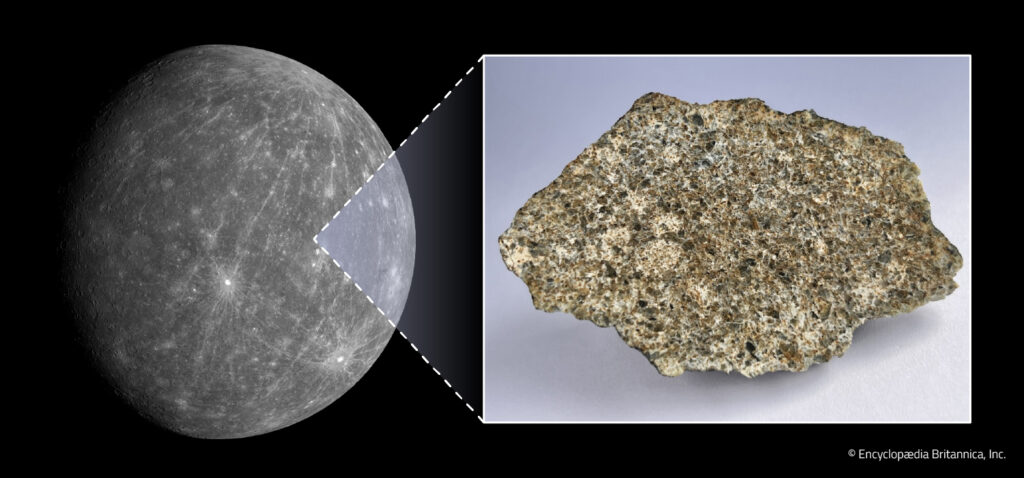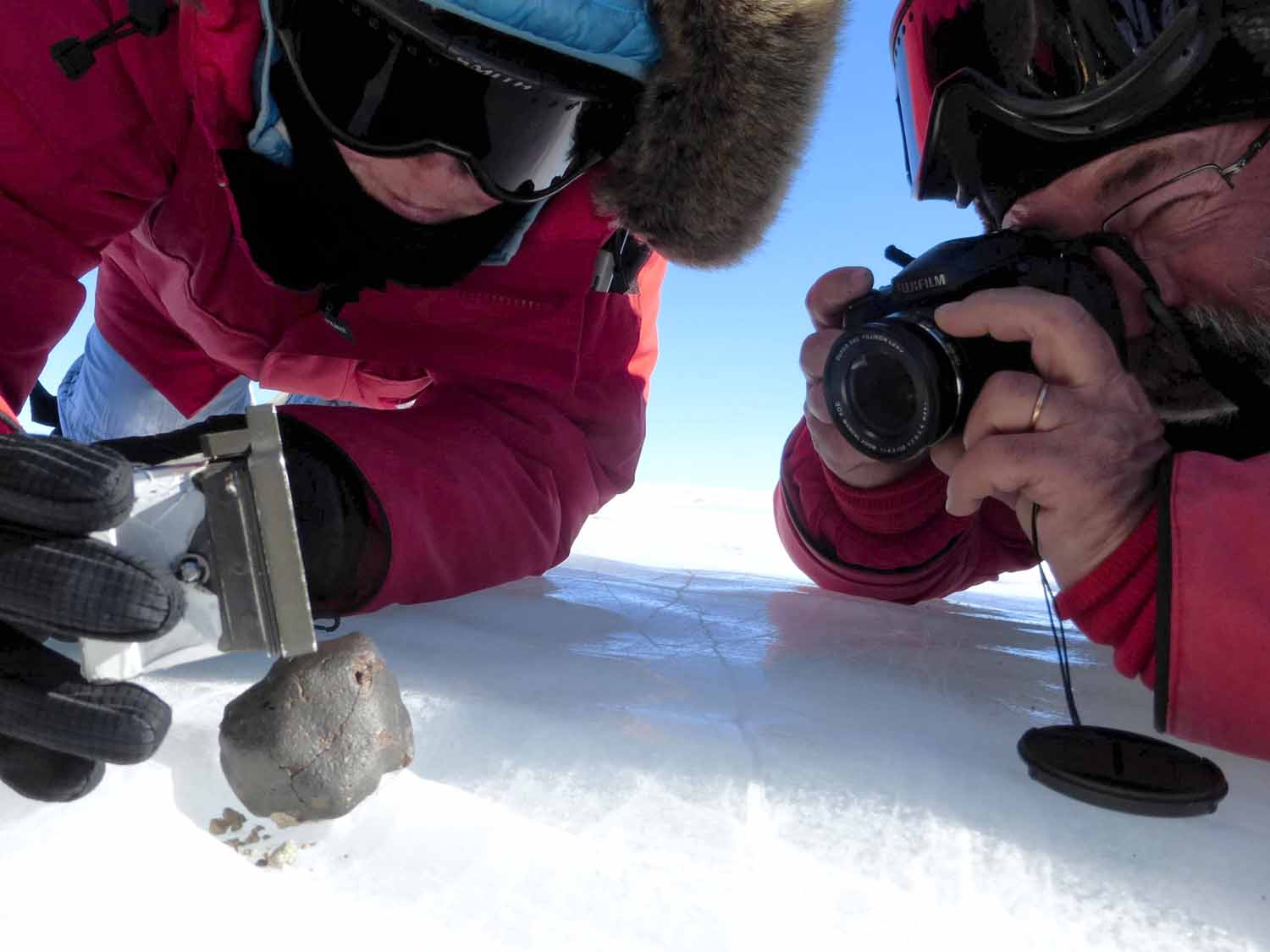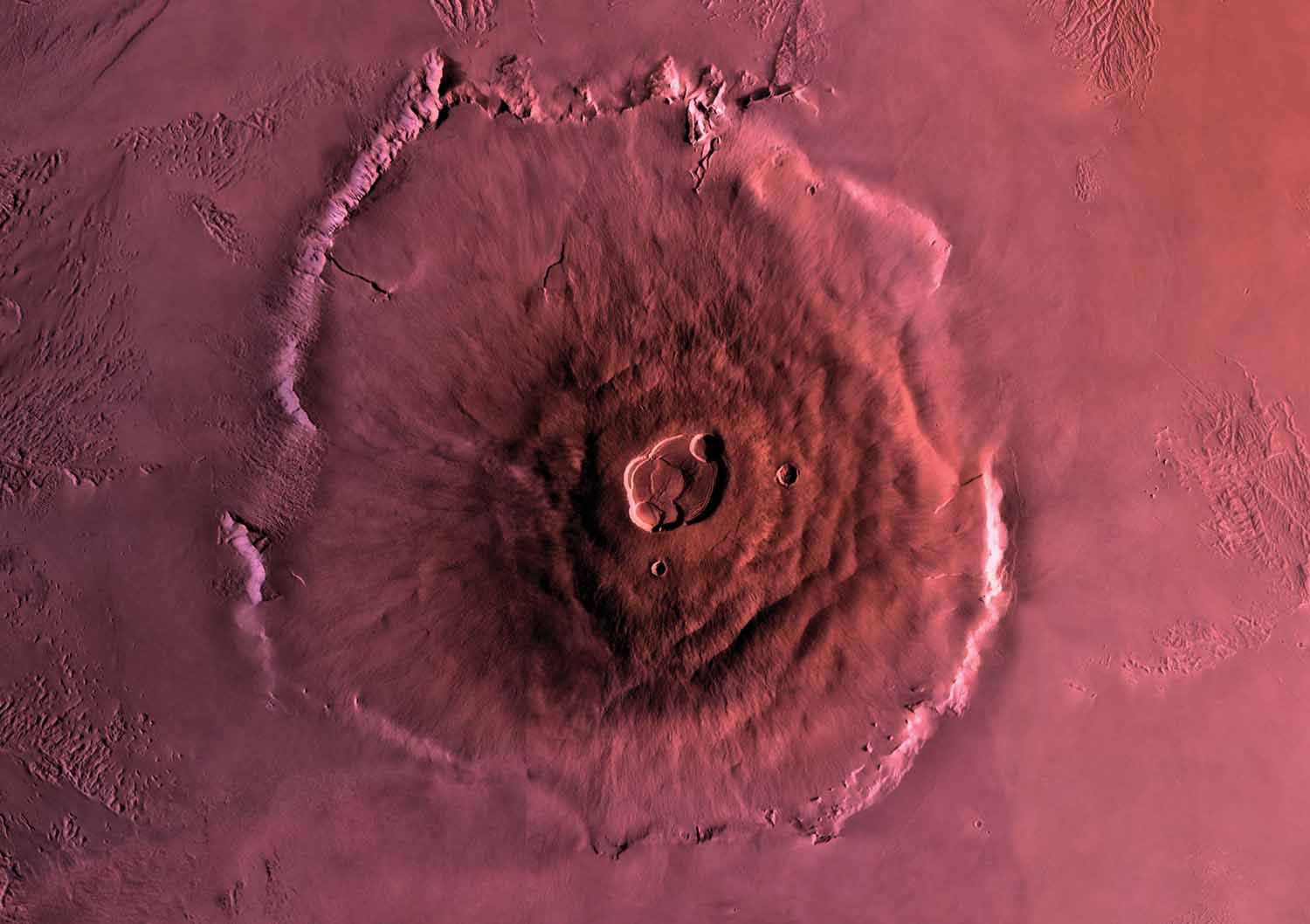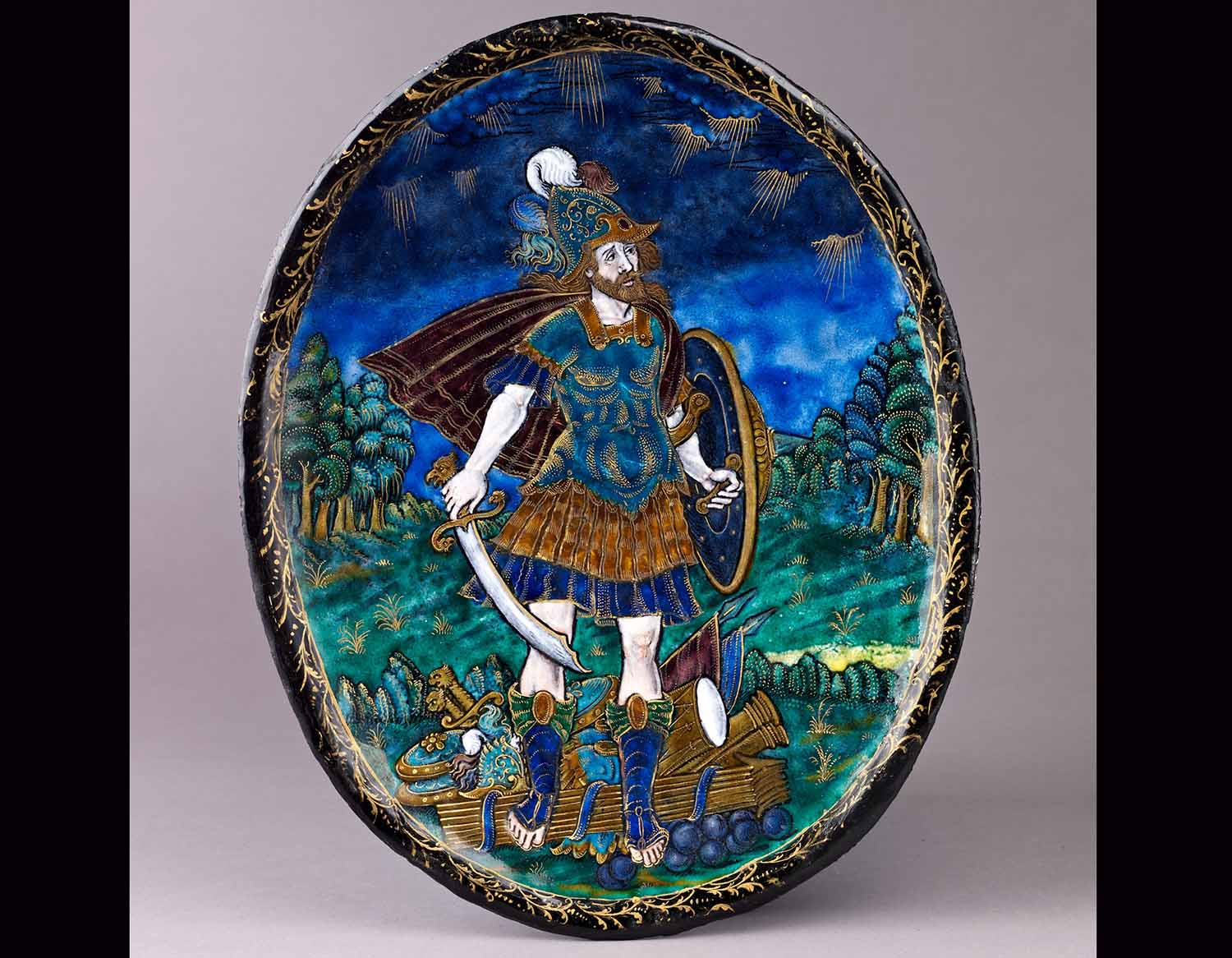A Million-Dollar Piece of Mars
A meteorite from Mars recently sold for more than $5 million, but a dinosaur took the prize for highest bid.
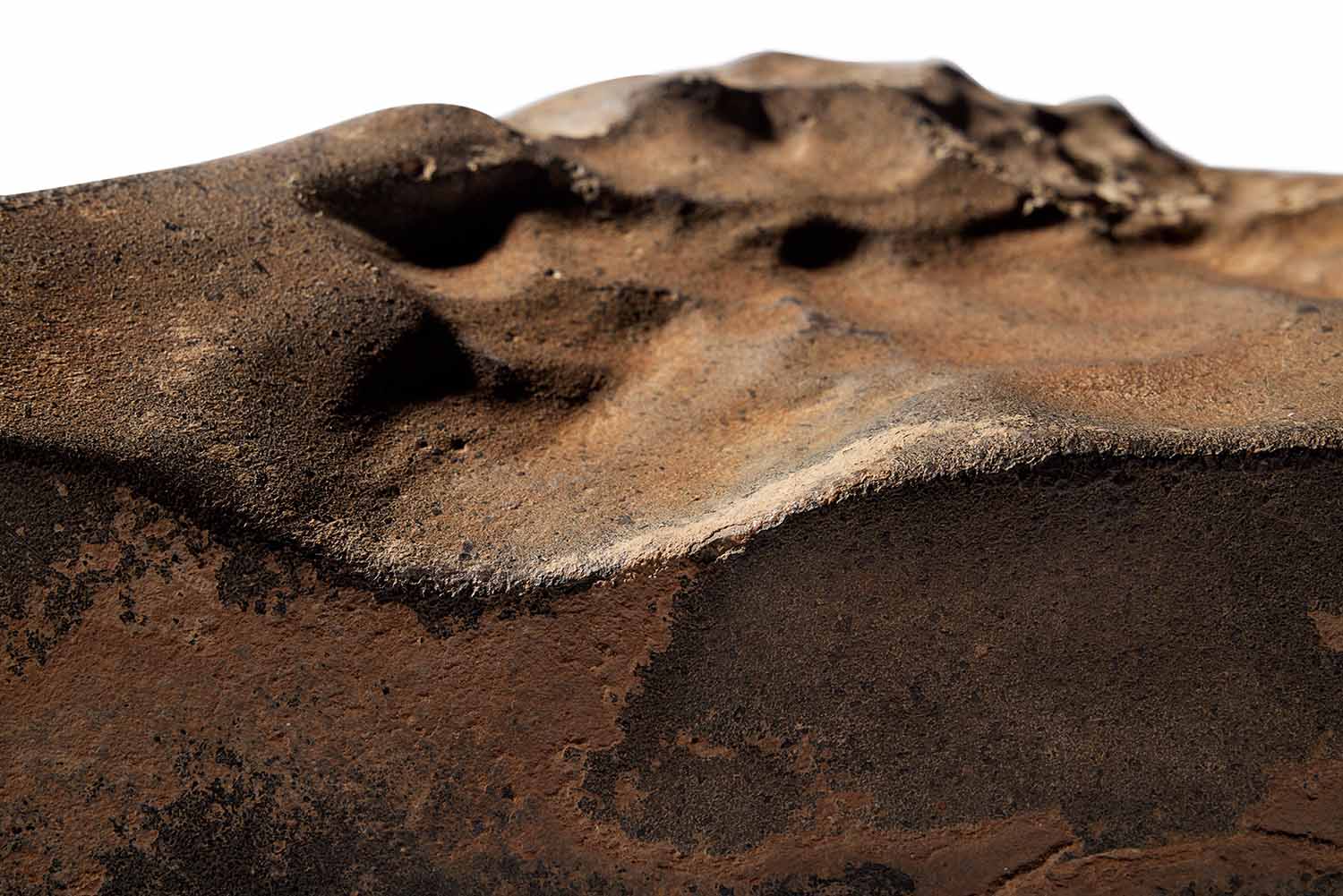
Courtesy of Sotheby’s
This meteorite from Mars is one of the largest ever found on Earth.
It’s hard to imagine that a rock could ever be worth $5 million—unless that rock comes from another planet. A large meteorite from Mars recently sold at auction for $5.3 million. But while the Martian meteorite made headlines in the days leading up to the auction, another item ended up selling for a lot more money.
According to Sotheby’s auction house, a meteorite hunter discovered the rock in the Sahara Desert in the African country of Niger in 2003. The meteorite had traveled 140 million miles (225 million kilometers) to Earth after an asteroid hit the Red Planet and the force of the impact blew the rock off the Martian surface. The meteorite has been named NWA 16788 because it is the 16,778th meteorite to be found in northwestern Africa.
“This remarkable meteorite provides a tangible connection to the Red Planet—our celestial neighbor that has long captured the human imagination,” Cassandra Hatton, vice chair of science and natural history at Sotheby’s, said in a statement.
Meteorites have been discovered all over the world, but NWA 16788 is special for two reasons. First, at 54 pounds (24.5 kilograms) and about the size of a school backpack, it’s one of the largest Mars meteorites ever discovered on Earth. Second, it’s rare. More than 77,000 meteorites have been discovered on Earth, but only about 400 of them came from Mars.
Still, the Martian meteorite wasn’t the highest-valued item at the Sotheby’s auction. That honor belonged to another rare item—the skeleton of a juvenile (young) dinosaur, which sold for more than $30 million. Found near Laramie, Wyoming, in 1996, the skeleton is of a carnivorous species called Ceratosaurus nasicornis, which looked like a smaller version of Tyrannosaurus rex. It’s one of four known C. nasicornis skeletons and the only one from a juvenile C. nasicornis.
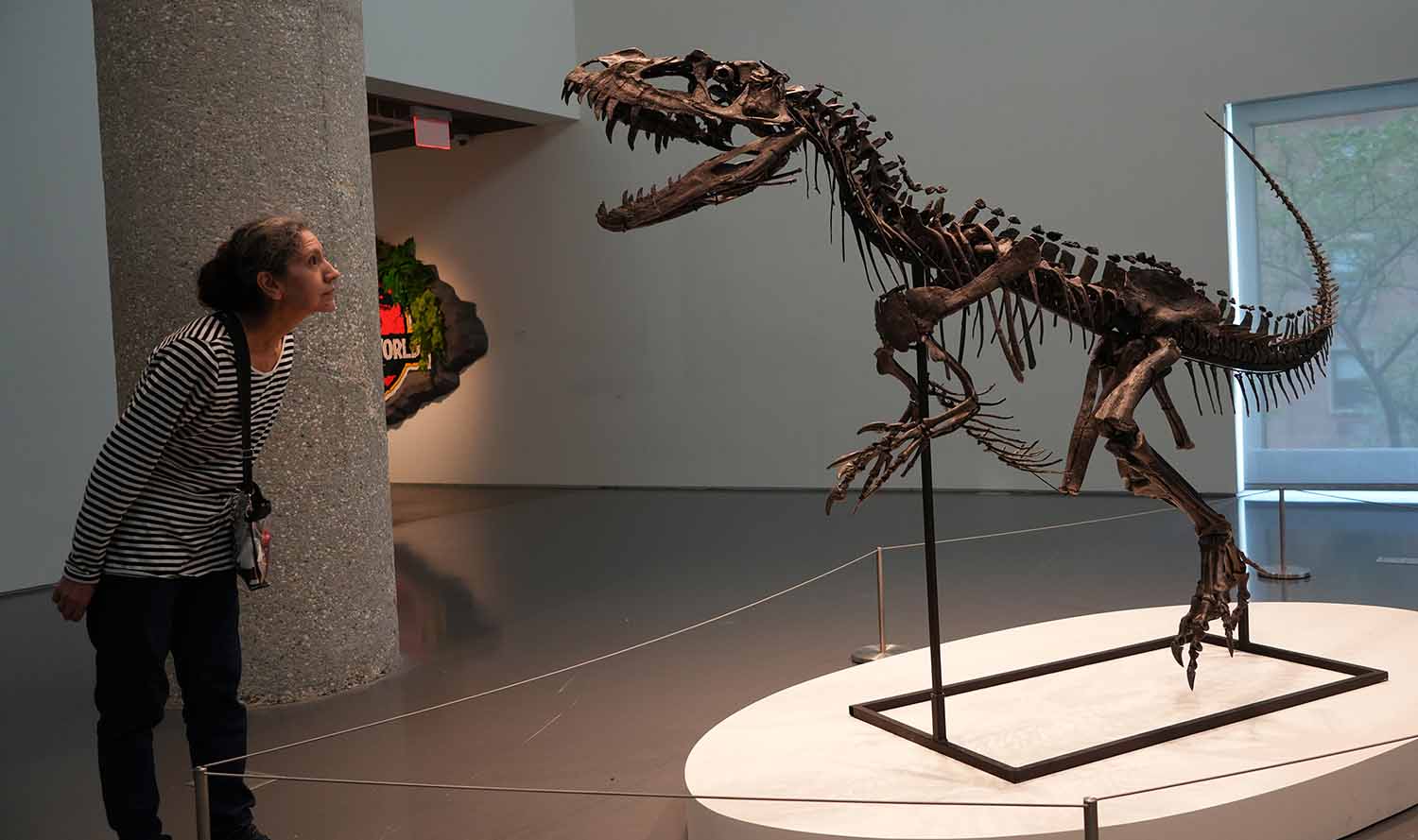
© Liao Pan/China News Service—VCG/Getty Images
This skeleton of a young dinosaur sold for more than $30 million.
Now the question is, will these valuable items end up in a private home, a museum, or elsewhere? Although neither buyer has been identified, Sotheby’s said the buyer of the dinosaur skeleton intends to loan it to a museum or other institution. Some scientists said they hoped the meteorite would also end up in an institution.
“It belongs in a museum, where it can be studied, and where it can be enjoyed by children and families and the public at large,” Steve Brusatte, a professor of paleontology and evolution at Scotland’s University of Edinburgh, told CNN.
